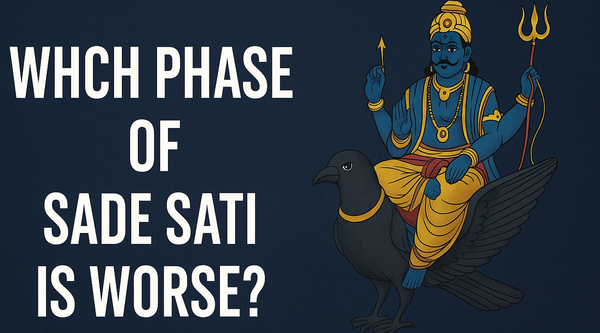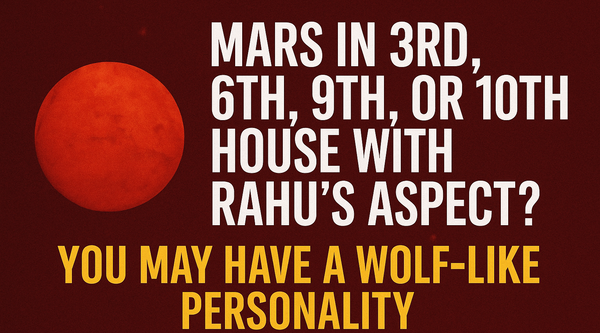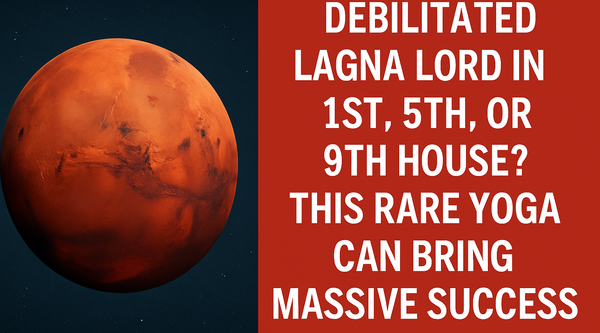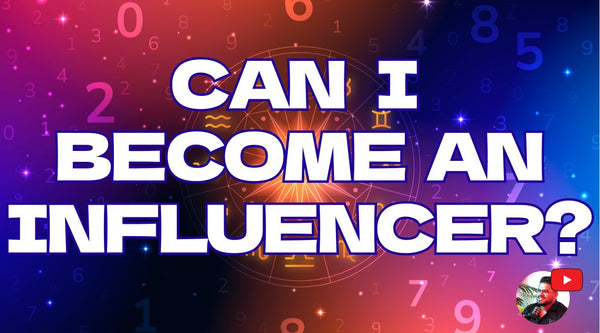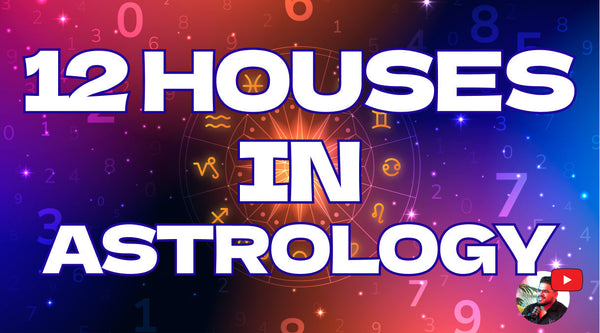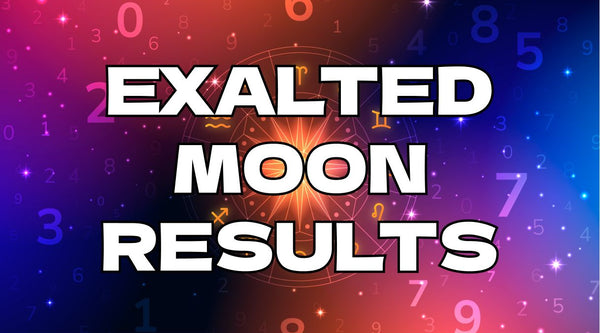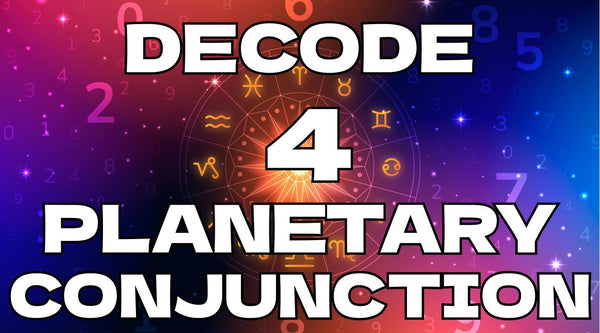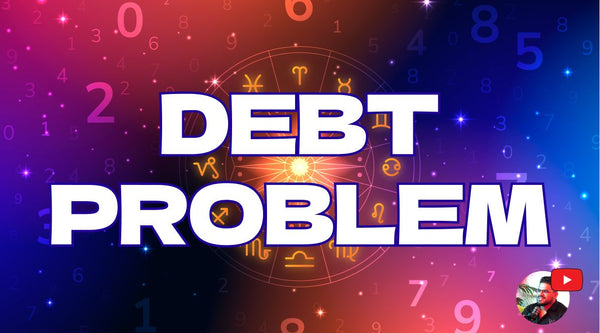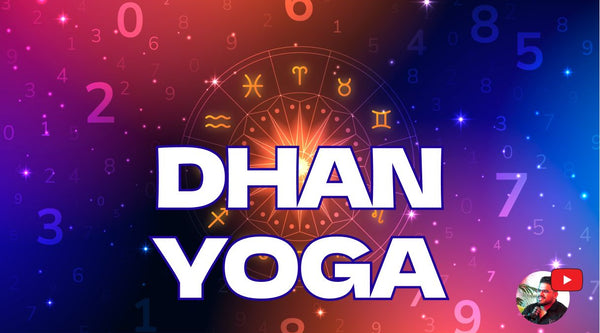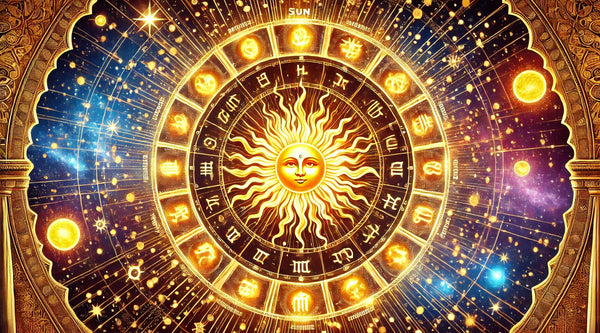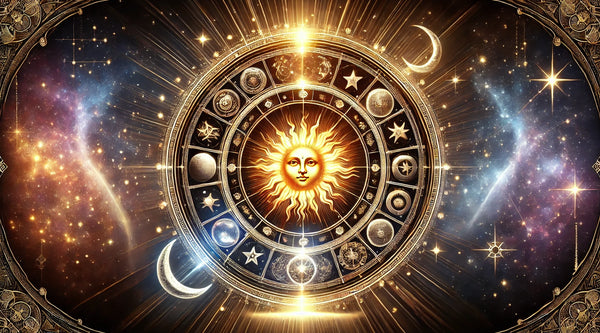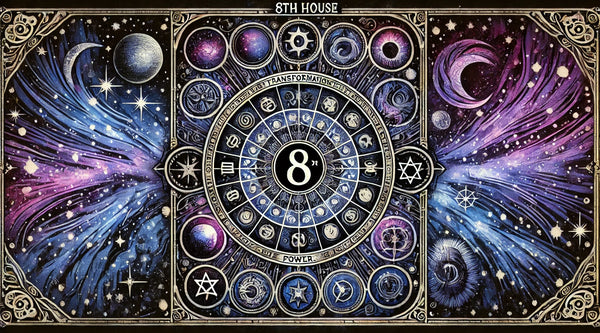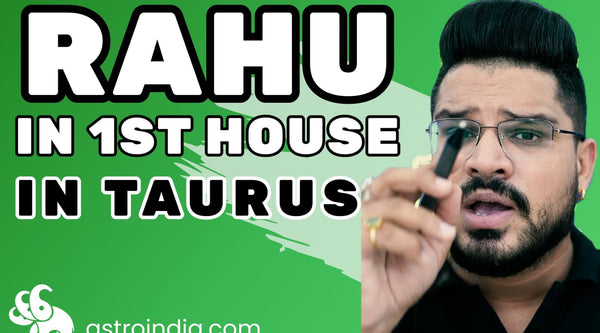Yellow Sapphire Guide: Cut, Clarity, Colour & Carat Explained
A premium-quality yellow sapphire (Pukhraj) isn’t just about beauty—it must be authentic, certified, and astrologically beneficial. With the market flooded with treated, synthetic, and low-grade gemstones, finding a 100% natural yellow sapphire can be challenging.
Whether purchasing a yellow sapphire for spiritual benefits or as a luxury investment, understanding the four Cs—cut, clarity, colour, and carat—will help you make an informed decision. This guide will walk you through everything you need to know, from selecting the best stone to verifying certification and avoiding common buying pitfalls.
Understanding the 4 C’s of Yellow Sapphire
The 4 C’s determine quality, beauty, and value. Each factor influences the yellow sapphire stone’s appearance, durability, and worth. Here’s how it works:
-
Cut
The cut of a yellow sapphire refers to how well the stone has been shaped and polished. A well-cut sapphire reflects light beautifully, making it appear brighter and more visually appealing. On the other hand, a poorly cut stone may look dull and lifeless.
Key aspects of a good cut:
-
Crown Angle: The angle of the top part of the stone (the crown) should be between 34°-36° for optimal light reflection.
-
Pavilion Angle: The lower part of the stone (the pavilion) should have an angle between 40°-42° to maximise brilliance.
-
Table Percentage: The flat surface on top of the stone (the table) should be 55%-65% of the stone’s total width to maintain balance.
-
Depth Percentage: The total height should be 60%-75% of its width for ideal light dispersion.
-
Symmetry: The facets (flat surfaces on the stone) should be evenly cut and aligned.
Good cuts that you should consider to buy:
-
Oval Cut: The most popular shape, as it retains more weight from the rough stone while enhancing brilliance.
-
Cushion Cut: A square or rectangular cut with rounded corners, giving a soft, elegant appearance.
-
Round Cut: Offers maximum brilliance but requires removing more of the original stone.
-
Emerald Cut: Features long, step-like facets that create a sleek, sophisticated look with less sparkle.
A poorly cut stone may appear lifeless and lack proper refraction. An asymmetrical, unheated, and well-proportioned cut is recommended to wear for Astrological benefits.
-
Clarity
Clarity refers to natural flaws, called inclusions, inside the stone. Since yellow sapphires form under high pressure deep within the earth, they often contain tiny imperfections. These can be specks, fractures, or other formations within the gemstone.
Types of inclusions found in Yellow Sapphire:
-
Needle-Like Rutile Inclusions (Silk): Thin, hair-like lines that indicate a natural gemstone.
-
Liquid Inclusions: Tiny pockets of liquid trapped inside the stone.
-
Feather Inclusions: Small cracks or fractures that may weaken the stone.
-
Colour Zoning: Uneven colour distribution within the sapphire.
How inclusions affect the quality of the stones:
-
Eye-Clean Sapphires: These have very few inclusions that are not visible to the naked eye. They are the most valuable.
-
Moderately Included Sapphires: These have some moderately visible inclusions. However, they do not significantly affect the stone’s durability or brilliance.
-
Heavily Included Sapphires: These contain many inclusions, making the stone look dull and fragile.
Fewer visible inclusions are preferred for Astrological benefits, as excessive flaws may disrupt energy transmission. A well-clarified stone with minimal fractures enhances not only its value but also its effectiveness in astrology.
-
Colour
Among the 4 C’s, colour is the most important aspect when selecting a yellow sapphire. The ideal shade is a rich, golden yellow, symbolising prosperity and wisdom. The intensity and uniformity of colour directly influence the stone’s desirability and price.
Variations in colours of Yellow Sapphire:
-
Hue: This refers to the primary colour of the stone. The best sapphires have a pure yellow hue without green or brown tones.
-
Tone: This refers to how light or dark the colour appears. A medium to medium-dark tone is considered ideal.
-
Saturation: This refers to the intensity or richness of the colour. A more vibrant yellow sapphire is more valuable.
Yellow sapphires can range in colour from pale yellow to deep golden yellow:
-
Pale Yellow: More affordable but less desirable due to weak saturation.
-
Medium Yellow: A balanced, warm yellow shade, often considered ideal.
-
Deep Golden Yellow: Highly prized for its rich intensity and rarity.
Natural, untreated stones with even colour distribution and high saturation are considered the most valuable. Heat-treated sapphires often enhance colour artificially, but untreated ones are preferable for astrological benefits.
-
Carat
Carat refers to the weight of the gemstone rather than its size. While larger stones are rarer and more valuable, the quality of cut and clarity should not be overlooked.
Size-to-carat ratio considerations:
-
A 1-carat yellow sapphire measures approximately 5.5 - 6.5 mm, depending on the cut
-
A 3-carat stone typically falls within 8 - 9 mm in diameter
-
Due to sapphire’s density, it may appear smaller than a diamond of the same carat weight
Carat weight recommendations:
-
For astrological benefits: A minimum of 2-5 carats is generally recommended
-
For jewellery: 1-3 carats are commonly used, depending on design preferences
The price increases exponentially as carat weight goes up, making it essential to strike a balance between size, clarity, and colour quality.
Ensuring Authenticity and Certification
With so many treated and synthetic sapphires in the market, verifying authenticity is essential. Always request a certificate of authenticity from reputed gemological laboratories, such as:
-
Gemological Institute of America (GIA)
-
International Gemological Institute (IGI)
-
Gem Research Swisslab (GRS)
Certified gemstones mean investing in a natural, untreated yellow sapphire, free from artificial enhancements that could affect its value and astrological properties.
Conclusion
A high-quality yellow sapphire combines beauty, authenticity, and astrological benefits. By understanding the 4 C’s—cut, clarity, colour, and carat—along with certification, you can confidently choose a gemstone that aligns with your aesthetic and astrological needs.
When buying a yellow sapphire, always prioritise natural, well-cut, and richly coloured stones from trusted sellers. With the right knowledge, you can invest in a stunning gemstone that enhances your jewellery collection and holds astrological value.


